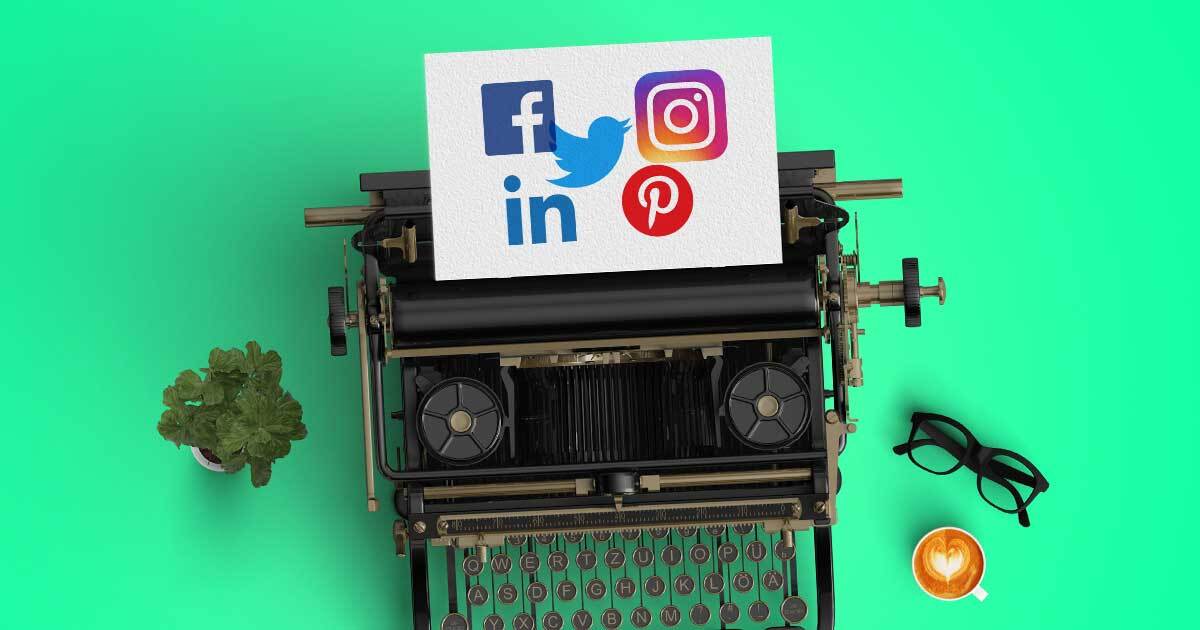Social media has undergone a remarkable transformation since its inception. What began as simple text-based platforms has evolved into a rich tapestry of visual storytelling, connecting people across the globe in ways never before imagined. This evolution has not only changed how we communicate but also how we perceive and interact with the world around us.
The Early Days: Text-Based Communication
In the early 2000s, social media platforms like MySpace and Facebook emerged, primarily focusing on text-based communication. Users shared status updates, comments, and messages, creating a digital space for social interaction. These platforms allowed people to connect with friends and family, share thoughts, and stay updated on each other’s lives. However, the visual aspect was limited to profile pictures and occasional photo uploads.
The Rise of Visual Content
As technology advanced, so did the capabilities of social media platforms. The introduction of smartphones with high-quality cameras and the rise of platforms like Instagram and Snapchat shifted the focus towards visual content. Users began sharing photos and videos, creating a more immersive and engaging experience. This visual revolution made social media more appealing and accessible, attracting a broader audience.
The Power of Stories and Reels
Instagram’s introduction of Stories and later Reels has been a game-changer. Stories allow users to share ephemeral content that disappears after 24 hours, encouraging spontaneous and authentic sharing. Reels, on the other hand, enable users to create short, engaging videos set to music, similar to TikTok. These features have made social media more dynamic and interactive, fostering a sense of community and immediacy.
Augmented Reality and Interactive Features
The integration of augmented reality (AR) and interactive features has further enhanced the visual storytelling experience. Filters, stickers, and AR effects allow users to express themselves creatively. For example, a QR code generator can be used to create interactive QR codes that users can scan to access exclusive content or promotions. This blend of technology and creativity has made social media not just a platform for communication but also a canvas for artistic expression.
The Impact on Businesses and Brands
The shift towards visual storytelling has had a profound impact on businesses and brands. Visual content is more likely to capture attention and engage audiences, making it a powerful tool for marketing and advertising. Brands now focus on creating visually appealing content that tells a story, builds a narrative, and connects with consumers on an emotional level. Influencer marketing has also gained prominence, with brands collaborating with influencers to reach wider audiences through visually compelling content.
The Future of Social Media
As we look to the future, the trend towards visual storytelling is likely to continue and evolve. Virtual reality (VR) and more advanced AR technologies could transform how we experience social media, making it even more immersive and interactive. The lines between the digital and physical worlds may blur further, creating new opportunities for connection and expression.
In conclusion, the evolution of social media from text-based communication to visual storytelling has been a journey of innovation and adaptation. As technology continues to advance, the ways we connect and share our stories will only become more rich and diverse, shaping the future of how we interact and engage with one another.
Keep an eye for more latest news & updates on Latest Dash!

